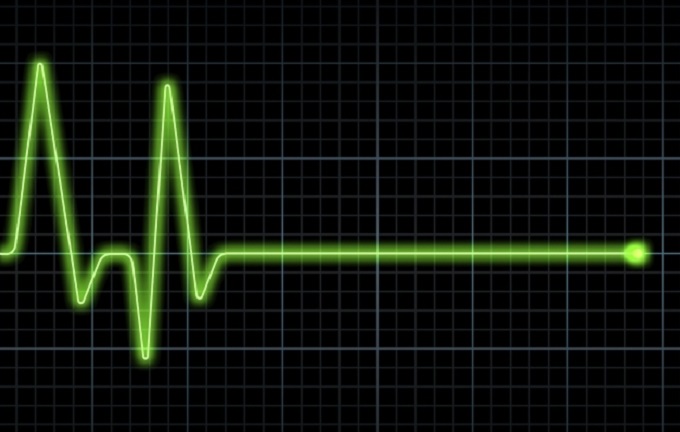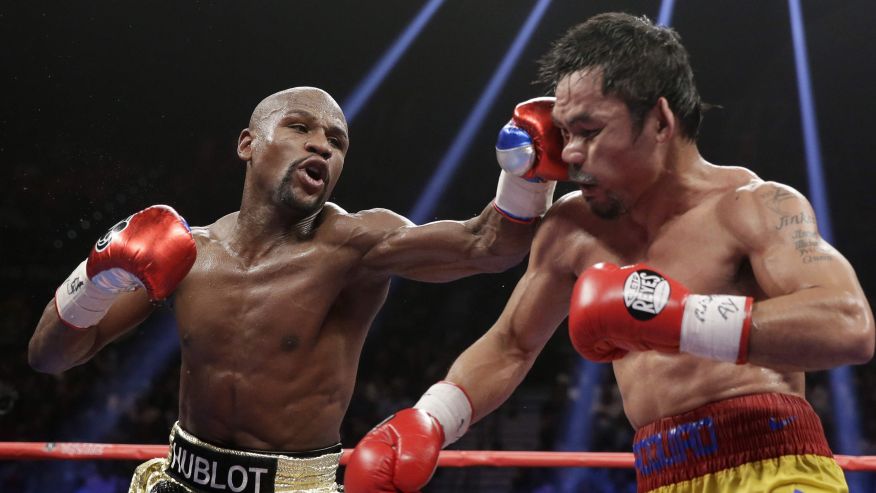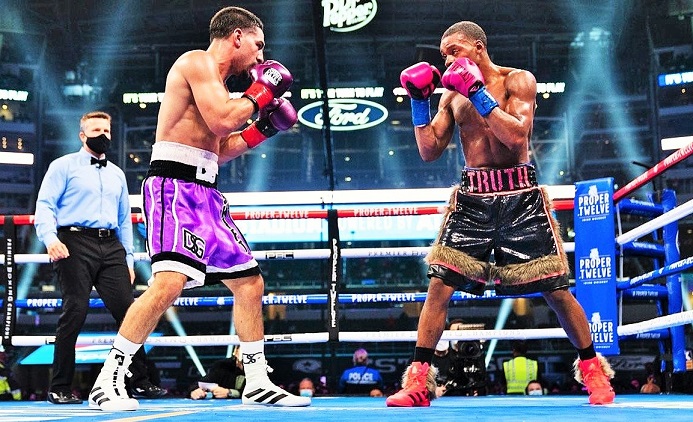The Courage Of Patrick Day
Patrick Day died yesterday. He was only 27-years-old and, according to all accounts, was an exceptional young man. He died because he loved to compete in the ring, to lace up the gloves and fight. This is the risk all boxers must accept. And those of us who watch must also accept it.
We can never get used to it, which is as it should be. Every time a boxer dies it should grieve us, it should hurt. But at the same time it shouldn’t shock or outrage us. Or cause us to indulge in a fit of self-flagellation, or worse, sanctimony. As if we don’t know better. As if there existed some magic solution that could rid the world of the tragedy of ring deaths. As if boxing can ever be made “safe.”

After all, as I find myself saying more often of late, boxing, at its core, is not a sport. Yes, there are rules and officials, and techniques that must be learned, the same as for tennis or baseball or golf. But professional boxing at the elite level is, first and foremost, combat, fist fighting. It necessarily involves pain and injury and risk. It is dangerous. It is for real. And while some are loathe to admit it, this is why we are drawn to pugilism. Boxing is not a game; it is a genuine, life and death, visceral drama. It gives us something no other sport can.
Is the cost worth it? Can boxing justify its existence? Would a truly civilized society tolerate it? Probably not. But then its defenders will point to how the sport saves and redeems far more lives than it ends. How it teaches discipline and builds character. How it gives a whole sub-strata of society, people who lack the opportunities and resources to ever compete at the elite level in say football or hockey, a chance to succeed, to build a life. It’s a weak argument, a wafer-thin justification, but it’s also true.

Besides, boxing is not the only athletic pursuit that necessarily involves mortal risk; we accept the dangers of auto racing or scuba diving. In any given year more people die from bicycling accidents than from boxing, while more concussions are sustained in football or soccer. But again, boxing is different. It is more violent and brutal, more affecting, both for participant and for spectator. A tragic accident in a ski race or a polo match is altogether different from one in boxing.
Back in 1982, lightweight champion Ray Mancini and challenger Duk-Koo Kim gave fans a thrilling slugfest, both warriors throwing and catching countless blows in the quest for victory. But then those watching on live television saw Kim fall in round fourteen. He bravely climbed to his feet before the referee stopped the bout; seconds later he collapsed again and could not be revived. Like Patrick Day, he was carried from the ring on a stretcher and, several days after, died in hospital.
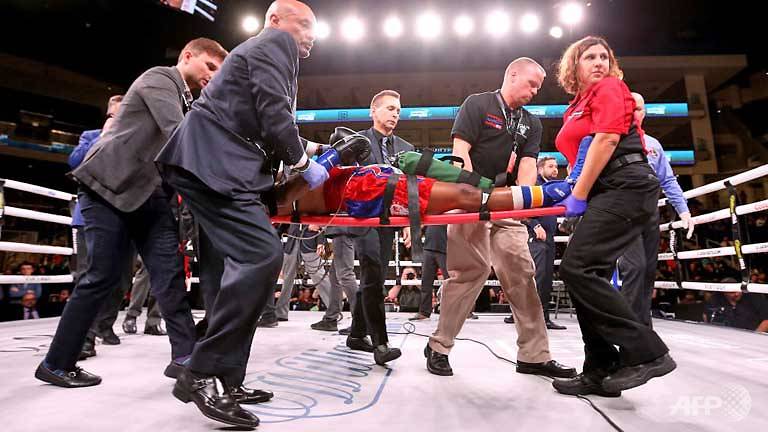
Ray Mancini was one of boxing’s stars; the punishing battle, not to mention the brave challenger’s inert body being strapped to a gurney, had been witnessed by millions. And so Kim’s death had a massive impact on boxing and the larger sports world. Much hand-wringing and debate followed about what should be done, if boxing should be banned, how it could be made safer. The overwhelming consensus was that something must be changed, and in fact, it was the Mancini vs Kim match which precipitated the shortening of title bouts from fifteen rounds to twelve.
But when Thomas Hearns was asked at the time for his views, he was succinct and coldly realistic: “I don’t think there’s much that can be done,” he said. “Boxing is dangerous, period.” Similarly, Marvelous Marvin Hagler said, “When a man goes into the ring, he’s going to war. It takes a man to go fifteen rounds.” Mancini himself stated that, “If they put on headgear, I’ll get out. If they pad the gloves, I might as well be an amateur. If they shorten the number of rounds, I might as well be an amateur.” It hardly needs to be mentioned that ring deaths also occur in amateur boxing. Which, for many, begs the question: why not end this? Why not put a stop to boxing? The short answer, of course, is that you can’t.
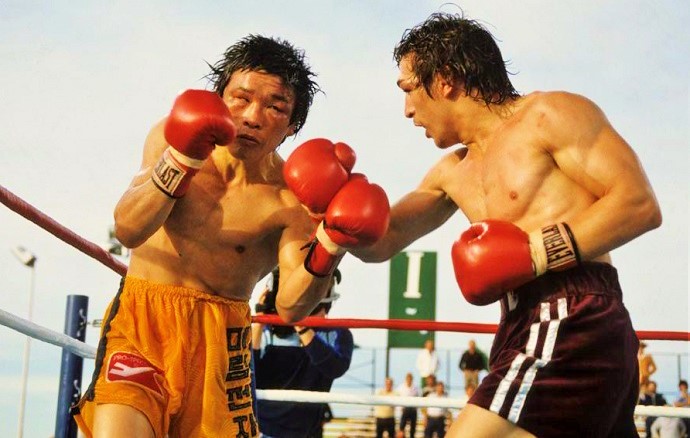
Many of us are drawn to combat; as many are repelled by it. I can recall, back in 2001, watching Felix Trinidad and Fernando Vargas blast each other with their best shots in a brutal, back-and-forth war that I found fascinating. But I also remember my companion that evening — someone who was not a fan, who rarely watched boxing — turning to me during the fight. “I’m not enjoying this,” she said. “I find it stressful.”
I recall too what promoter Yvon Michel told me in an interview, responding to the criticism that he sometimes overmatched his fighters, putting them into title shots or against top contenders before they were ready. “Every fight is a drama,” he said, “because every fight is dictating what is going to happen next, not just in the boxer’s career, but in his life. This is real life, not a game … Some guys you are holding back, others you are taking whatever chances you can get.”

One imagines Patrick Day had similar thoughts before his match with Charles Conwell, that this was a chance he couldn’t pass up, a chance to rebound in a big way after suffering his second pro loss this past June. A win over the undefeated Conwell, on the undercard of a major fight, would have been huge, would have meant even better opportunities and bigger paydays in the near future. And so he trained and prepared, laced up his gloves, and stepped through the ropes.
In the weeks and months to come what happened next will be carefully scrutinized. The layers of protection in place for all professional fighters — the referee, the ringside doctor, their own corner — will be held to account. Could anything have been done differently? Did anyone fail in their duty? Should the fight have been stopped sooner?
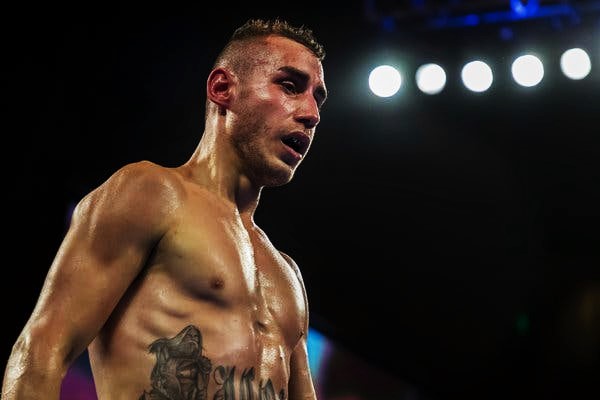
But the parameters of the contest itself are fixed: as long as a boxer appears capable of competing, as long as he or she keeps throwing punches, the bout will go on. On rare occasion does a trainer or referee halt a match before a fighter is rendered helpless. And in the case of Maxim Dadashev, who died this past June, even that wasn’t enough. His trainer, Buddy McGirt, signaled surrender despite Dadashev’s protests and it was only after the bout had ended that he collapsed. And in the case of Day, observers were quick to praise the officials in Chicago who wasted no time in tending to the stricken fighter. Minutes later an ambulance was racing to the hospital as the next fight at Wintrust Arena got underway.
The point being that when the bell rings and the fight begins, mortal danger is inherent, unavoidable. “This is real life, not a game.” And when the worst happens, rarely do we even have the luxury of pointing to a guilty party, to a referee who waited too long to intervene, or a doctor who failed to send an injured boxer to the hospital. How comforting to be able to pin the blame on someone or something.
But up until the blow that sent Patrick Day to the canvas and ended the match, all the normal rules and regulations were being followed. Including the most hallowed, though unwritten, rule of all: that a fighter keep fighting, that as long he can make a fist and draw a breath, he never stops trying to win.
Meanwhile, the boxing world will go on. Patrick Day died yesterday. And tomorrow fans will be fixed to their screens to watch a battle involving two of the best pugilists in the world. The championship match between Artur Beterbiev and Oleksandr Gvozdyk is a highly anticipated one. Why? Because it promises intense competition, drama, violence, hard punches given and taken. A thrilling story may be told and great courage revealed.
The same courage that Patrick Day had, that Patrick Day showed us last Saturday in Chicago, as he kept rising from knockdowns and battling back, refusing to surrender. The same courage that cost him his life. That is the painful and paradoxical truth that all of us who love boxing must accept. — Michael Carbert


